Important Message
This Website Terms and Condition of Use Agreement
also known as a 'terms of service agreement'
Will be at the bottom of most web pages!
Please read it before using this website.
Thank You
|
 |
| Then & Now |
|
|
 |
| Click Here for The Gateway District |
|
|
 |
| North Minneapolis business district, from 2nd Avenue North and 3rd Street, photo circa 1895 |
|
|
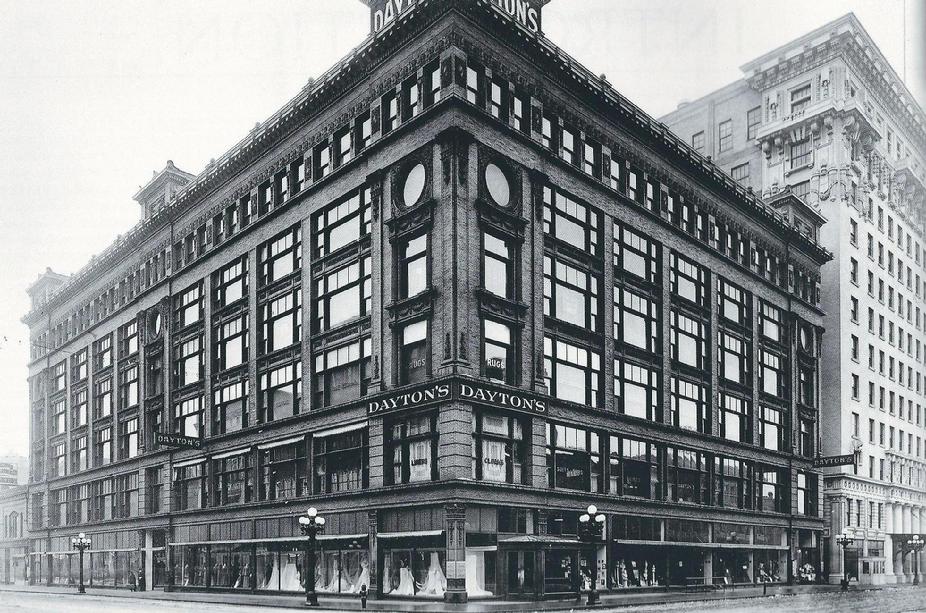 |
| Dayton's |
|
|
Important Message
This Website Terms and Condition of Use Agreement
also known as a 'terms of service agreement'
Will be at the bottom of most web pages!
Please read it before using this website.
Thank You
|
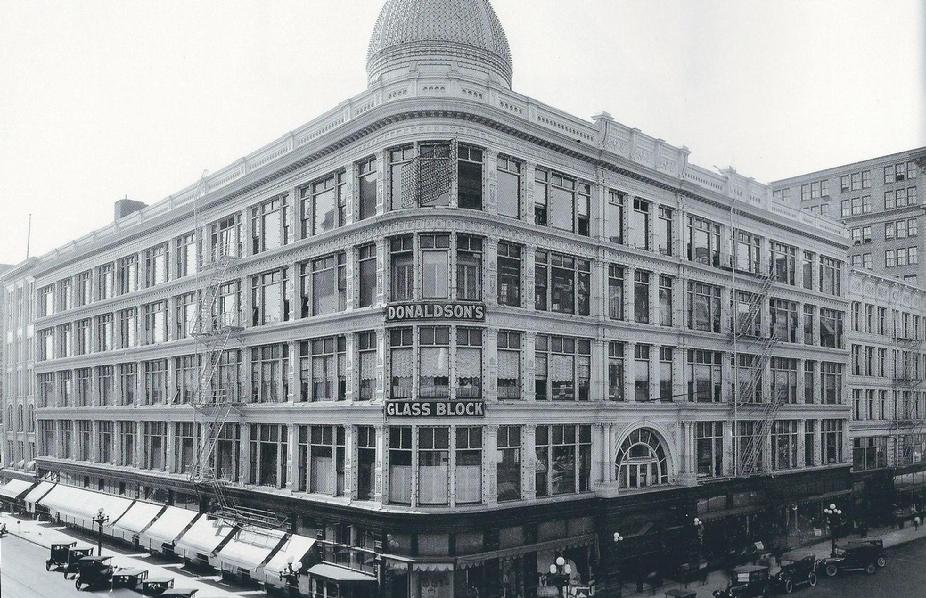 |
| Donaldson's Glass Block |
|
|
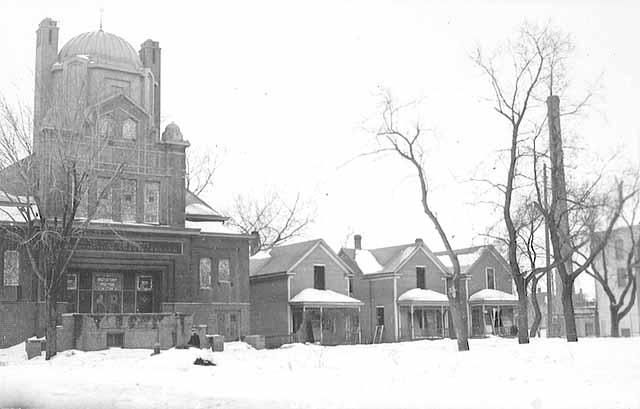 |
| Sharei Zedek Synagogue, 726 Bryant Avenue North, 1936 |
|
|
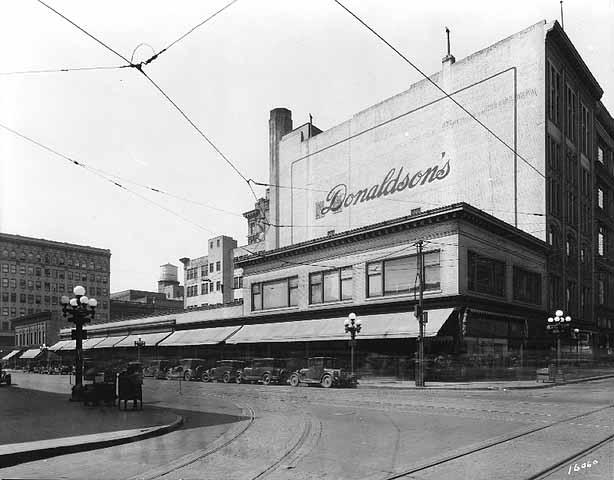 |
| Donaldson's Department Store, 6th and Marquette, circa 1925 |
|
|
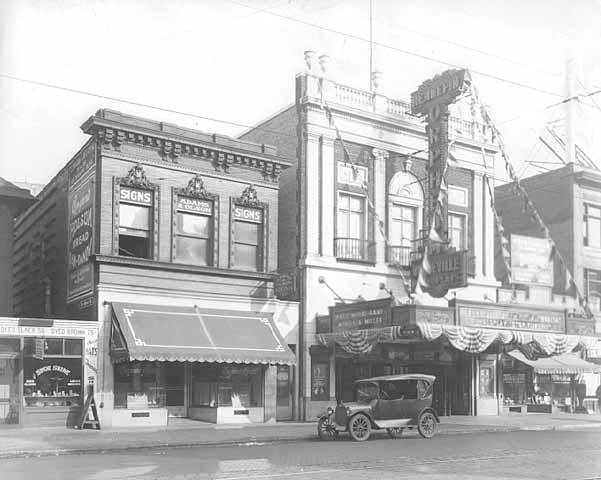 |
| Orpheum Theater, 908-910 Hennepin Avenue, circa 1925 |
|
|
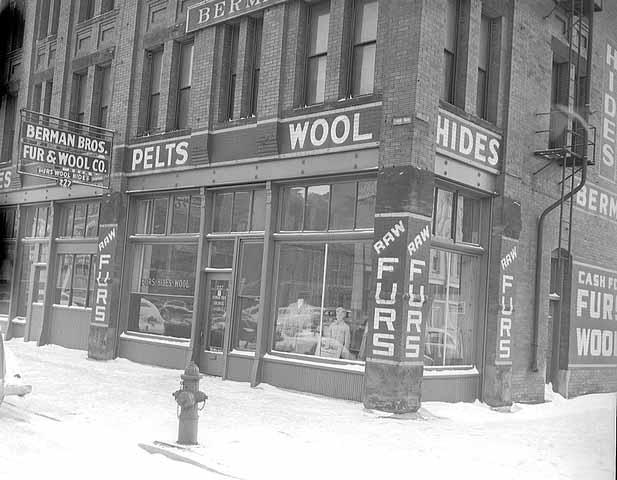 |
| Berman Bros. Fur and Wool Co., 227 1st Avenue North, 1950 |
|
|
Then & Now
Hennepin & Lake
|
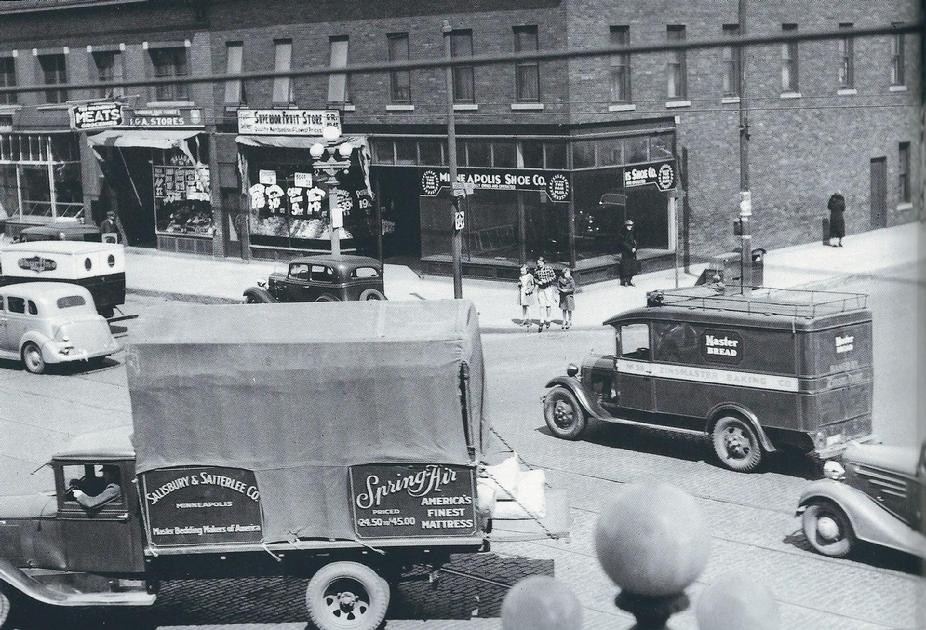 |
| Central and Lowry |
|
|
Then & Now
Lumber Exchange Building
|
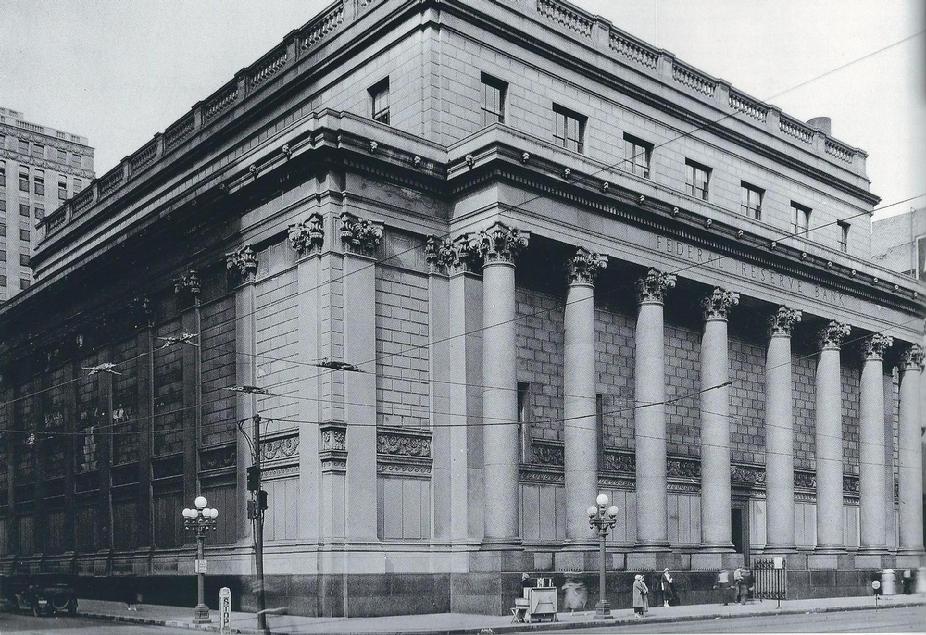 |
| Federal Reserve Bank Building |
|
|
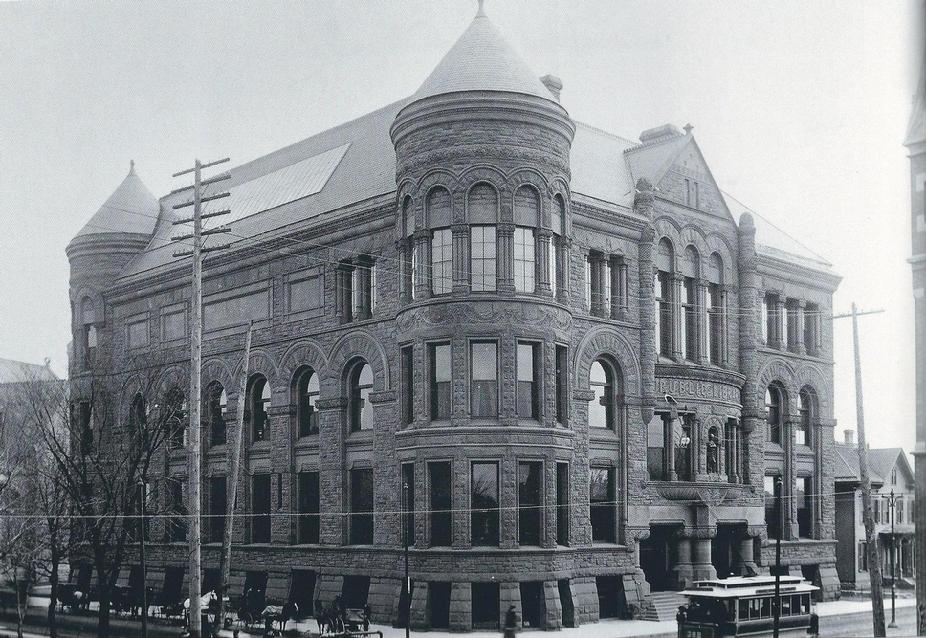 |
| Minneapolis Public Library |
|
|
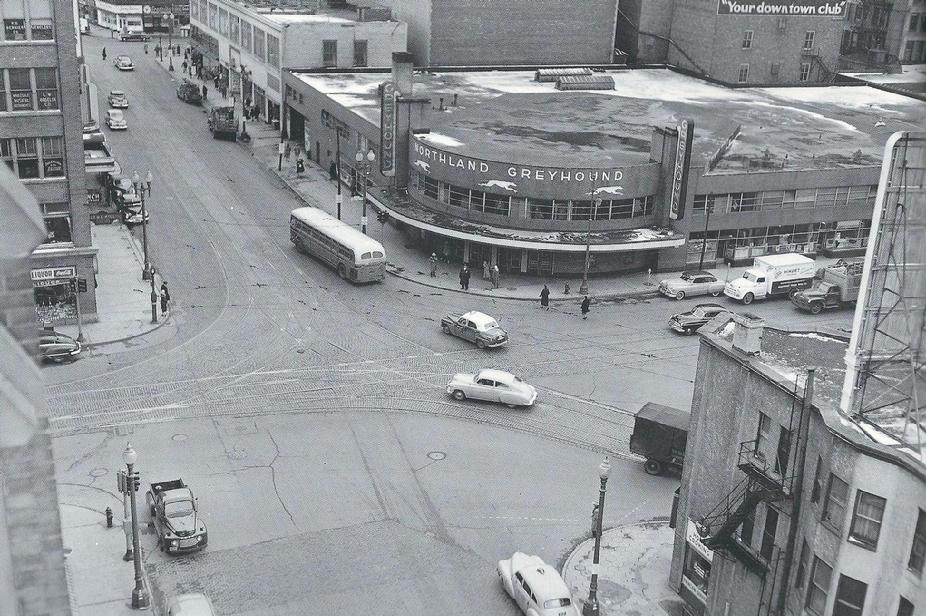 |
| Northland Greyhound Bus Depot |
|
|
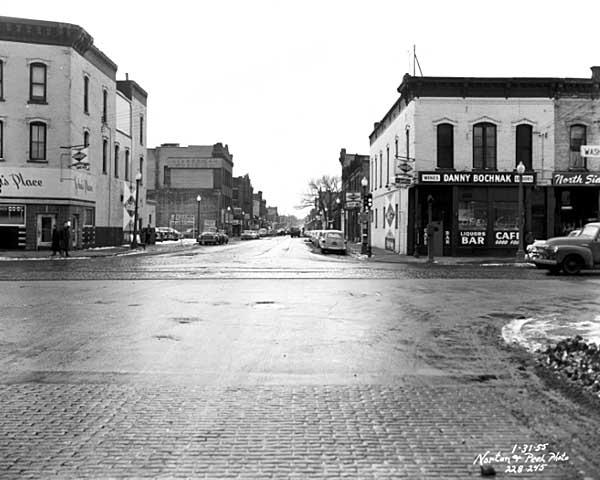 |
| Plymouth Avenue North from Washington Avenue, looking west, 1955 |
|
|
 |
| Plymouth Avenue North, looking west towards Morgan Avenue North, circa 1940 |
|
|
Important Message
This Website Terms and Condition of Use Agreement
also known as a 'terms of service agreement'
Will be at the bottom of most web pages!
Please read it before using this website.
Thank You
|
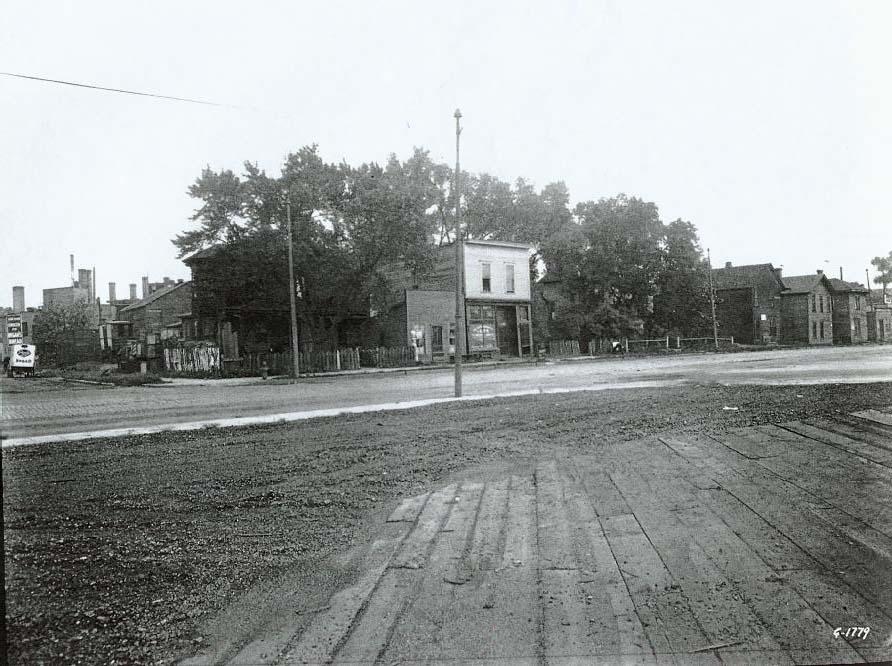 |
| 6th Avenue North and 6th Street North looking northeast |
|
|
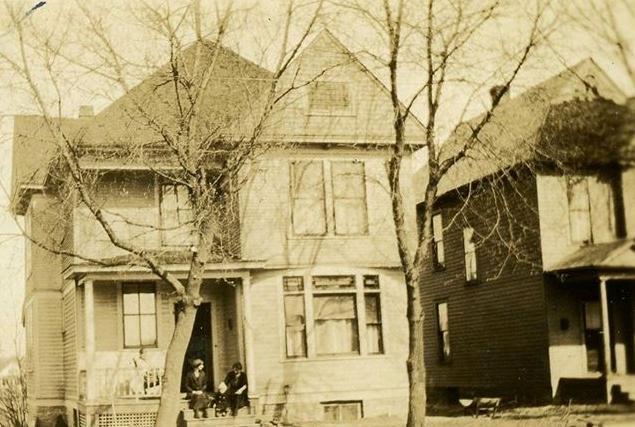 |
| 2724 Penn Ave. North, Minneapolis |
|
|
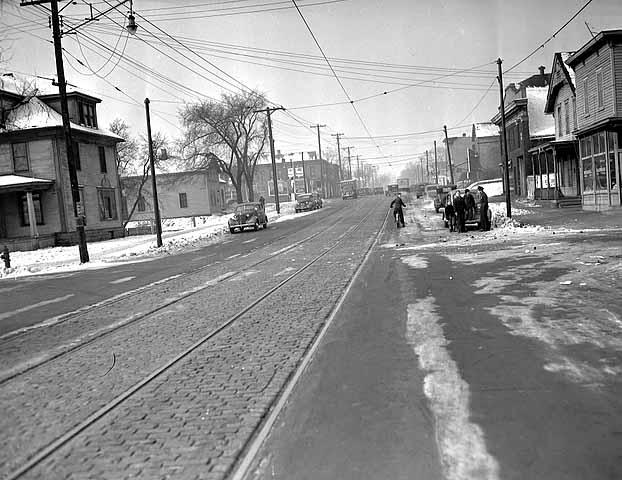 |
| Plymouth Avenue North, looking west across Dupont Avenue North, photo 1940 |
|
|
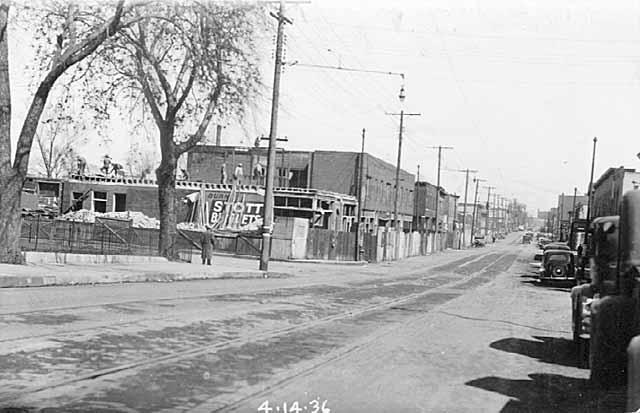 |
| 6th Avenue North, 800 block, photo 1936 |
|
|
 |
| 800 6th Avenue North, photo 1936 |
|
|
Then & Now
Milwaukee Depot
|
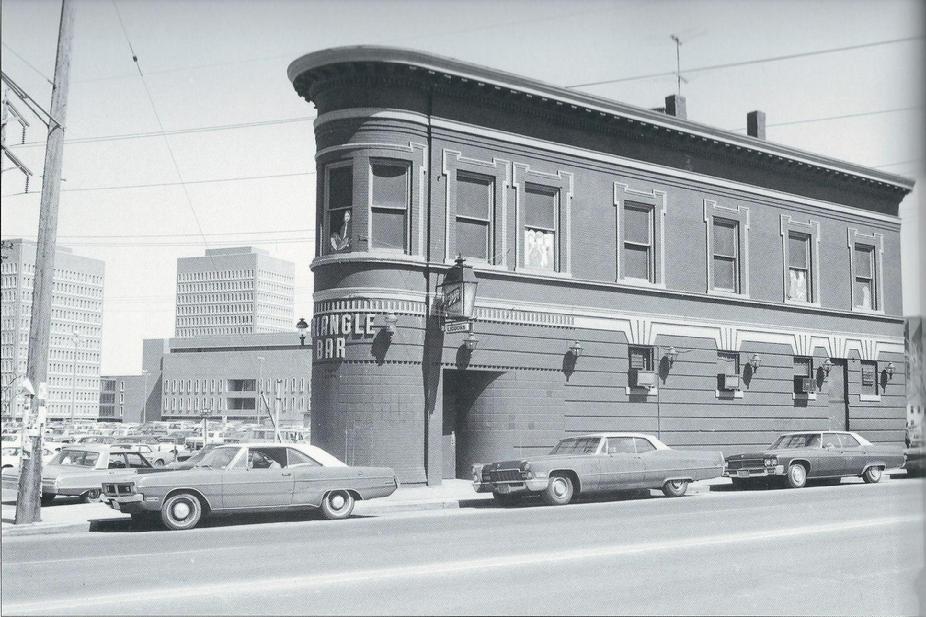 |
| The Triangle Bar |
|
|
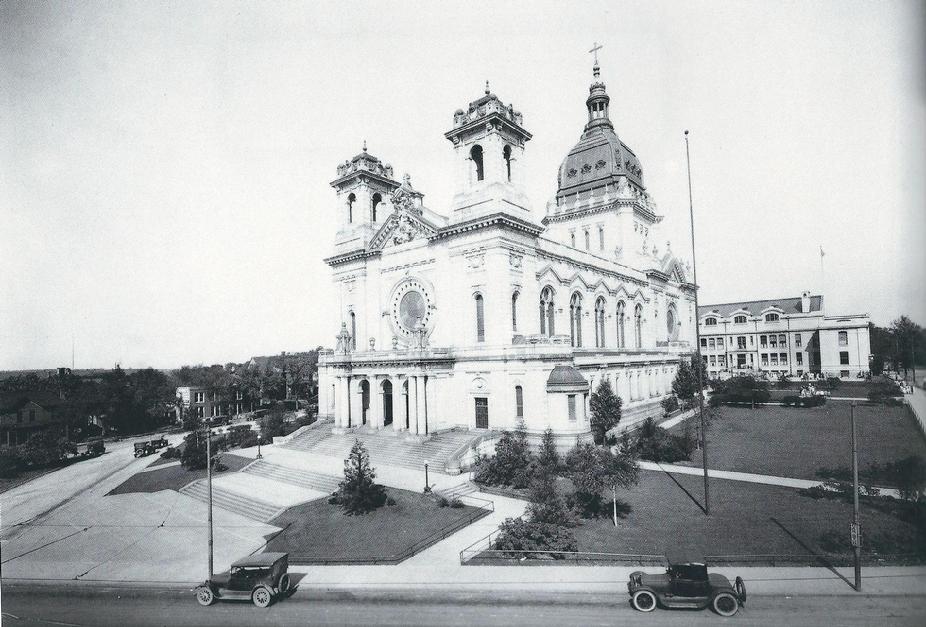 |
| Basilica of St. Mary |
|
|
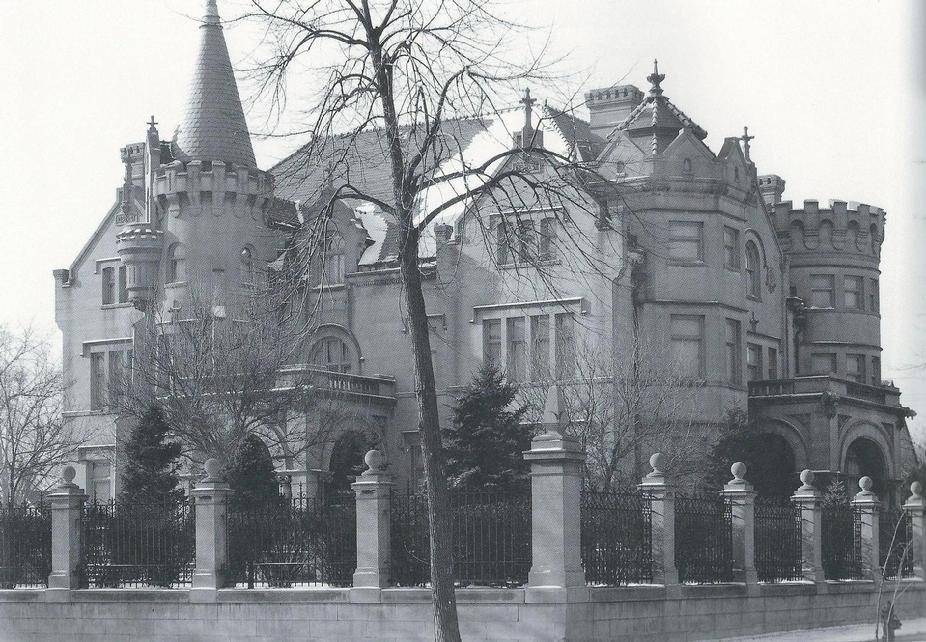 |
| Swedish Institute |
|
|
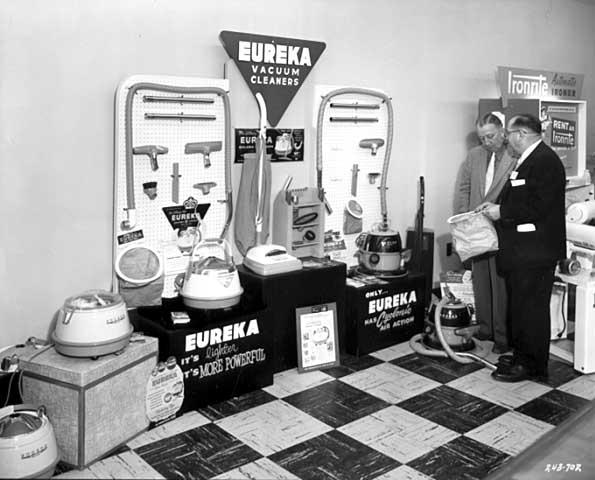 |
| Eureka Vacuum Cleaner display, 1957 |
|
|
Minneapolis hasn't always been so great about protecting its past, but the Internet & social media is bringing back memories for thousands now that a Facebook page or a web site featuring old images of places and items from the city's past is posting little pieces of 'Old Minneapolis.'
In the 1960s, roughly 200 buildings were destroyed within the city's borders -- 60 percent of them in the old business district.
What survived has since become very precious, especially for those who are old enough to remember what has been lost and young enough to fight to keep it from happening again.
Nostalgia is a funny thing because it can make you homesick even when you're already home, longing for the sights, sounds, tastes and smells of the distantly familiar.
For the Class of '66, the memories date back to the 50's when we was 10, 11 & 12 and the time we would take a bus from north Minneapolis to the big city of Dowm Town Minneapolis at the age of 13 or 14.
"Oh, it was just fantastic," I can recall at the age of 14"Old Block-E was still there."
That was the beginning of my long love affair with Old Minneapolis. I found an outlet for my obsession by starting up this web site and looking for "Old Minneapolis photos" for the web site where people could share pictures and memories of all things the city has seen come and go -- the lost diners and forgotten bars, buildings gutted by fire or razed by ignorance.
The old Metropolitan Building was torn down in 1961 -- along with much of the Gateway District, which was Minneapolis' own Skid Row.
Surfers who scroll through pages on this web site can find photos of Minneapolis and some times Saint Paul back when it was straight a small down town.
There's a little bit of everything on this web site.
"There were places on the old Block-E that weren't in the suburbs. "Then, when they rebuilt it -- movie theaters, everywhere; Borders books, everywhere -- but there was no Moby Dick's anywhere. No Brady's, or Rife Sports."
Yet, the pictures also convey a longing for a time that never really was. Back then, Hennepin Avenue was dirty, congested -- and yes, there was crime. Still, many can also see the future of the city in the pictures of years gone by.
"Nobody's a bigger fan of nostalgia than I am. "I really wallow in it."
I think my web site pages is more than a trip down memory lane. To me, it's also a cautionary tale.
"Why, why isn't the gas station on the corner?" I asked. "Why isn't there a street car intersection with all the lively businesses there?
Nowhere are those concerns more evident than in north Minneapolis, where small mom-and-pop stores have simply vanished.
"They were like a neighborhood downtown, A lot of those fabulous little business districts were on the intersection of trolly lines -- and when the street cars went away, the economy folded."
In just five to six years, the web site has garnered to more than 5,000 pages -- and some die-hard friends. Among them the class of '66 who now lives all over the US from Los Angeles to New York but is still homesick for a city that's gone.
"It's interesting to look at it in the 30s, 40s, 50s & 60's -- when it hit its peak and it almost felt like New York or LA.
This site has the capacity to make the old suddenly new again, and there is talk of bringing back those street cars, getting people out of the skyways and back on the street.
Perhaps one day, a younger generation will feel sentimental about a Starbucks or wistful for a McDonalds -- who knows? See you all at the class reunion in August of 2016...
|
The Building that Broke Minneapolis’ Heart
|
Metropolitan Building
1890-1961
|
You’ve likely heard tales of the Metropolitan Building in Minneapolis, one of the Midwest’s architectural gems. We’re now approaching the 55th anniversary of when demolition began on that landmark building. On December 18, 1961, wrecking crews came in and began tearing down the grand, twelve-story building made of sandstone and granite, and its unparalleled light court with an incredible marble staircase, ornamental iron railings and open cage elevators. Architectural historian Larry Millett called the demolition “the most inexcusable act of civic vandalism in the history of Minneapolis.”
|
 |
| The Metropolitan Building, formerly known as the "Guaranty Loan Building" |
|
|
It seems that every movement has at least one watershed moment, where everything changes, where everything that comes after is seen in a different light. The Civil Rights movement was forever changed by the Montgomery Bus Boycott in 1955-56 and the integration of Little Rock High School in 1957. The environmental movement was kicked into gear by the publication of Silent Spring in 1962. Not to seem too dramatic, but the destruction of the Metropolitan Building was our watershed moment for historic preservation in Minnesota. It was the last straw that laid out in crushing reality what we stood to lose. The urban renewal movement in Minneapolis, while well intentioned, had destroyed 40% of the historic business district surrounding the Metropolitan Building. Despite the efforts made to stave off demolition (including a public awareness campaign and a lawsuit) and the Metropolitan’s 95% occupancy rate, the Minneapolis Housing and Redevelopment Authority (HRA) was determined to see the structure come down.
|
The video below, filmed in 1961 by a group of U of M grad students, gives you a little bit better picture of the Metropolitan Building:
|
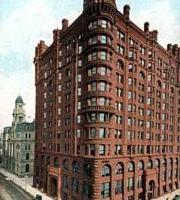 |
| Metropolitan |
|
|
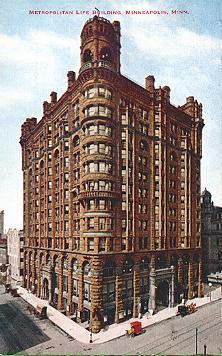 |
| 1890-1961 |
|
|
 |
| Building |
|
|
The building engineer may have said it best when he said “I’m not gonna watch ‘em rip it down…I don’t think I could. But I’ll tell you one thing—the future generations are gonna read about this building and they’ll see some of the buildings they’re putting up here and they’ll damn us, they will, for tearing down the Met” (Minneapolis Tribune, December 17, 1961).
|
Reading those words rang a little bit too true. The recent effort to save Peavey Plaza was met with reasons eerily similar to the justification for demolishing the Met: “it’s a blight,” “it isn’t up to code,” and “it’s outdated.” Will we remember Peavey Plaza in the same way? While in hindsight there were issues with the Metropolitan Building that would need addressing (cage elevators, open atrium, 28” high railing), you would be hard-pressed to find many people who believe that complete demolition was the way to go. When we look at Peavey Plaza, it’s easy to see some of the problems, but a different approach would have made it possible to preserve the unique elements of Peavey while creating a park for the 21st century.
Hopefully, the 55th anniversary in 2016 of the Met’s demolition will be a reminder that we need to be diligent in standing up for the historic places we care about, thinking past their current conditions, and viewing them instead for what they can become when they are rightfully cared for and preserved.
See at our 50th Reunion in Auqust of 2016,Class of 1966
|
“Urban renewal” was a catch phrase of the Sixties. Sounds like a pretty hip concept. It meant out with old and in with the new. In the case of Minneapolis’ Metropolitan Building (built in 1890), it means we lost not only a historic gem but a piece of the Twin Cities’ architectural heritage. With an ornate, stone entryway, glass floors, and a swanky rooftop garden, the first skyscraper west of Chicago fell victim to “urban renewal” in 1961.
Look, this story of the Minneapolis’ Metropolitan Building is quite the downer–but boy does it make us appreciate today’s historic preservation efforts, which have resulted in part to this particular loss.
|
The Gateway District
Minneapolis Skid Row
|
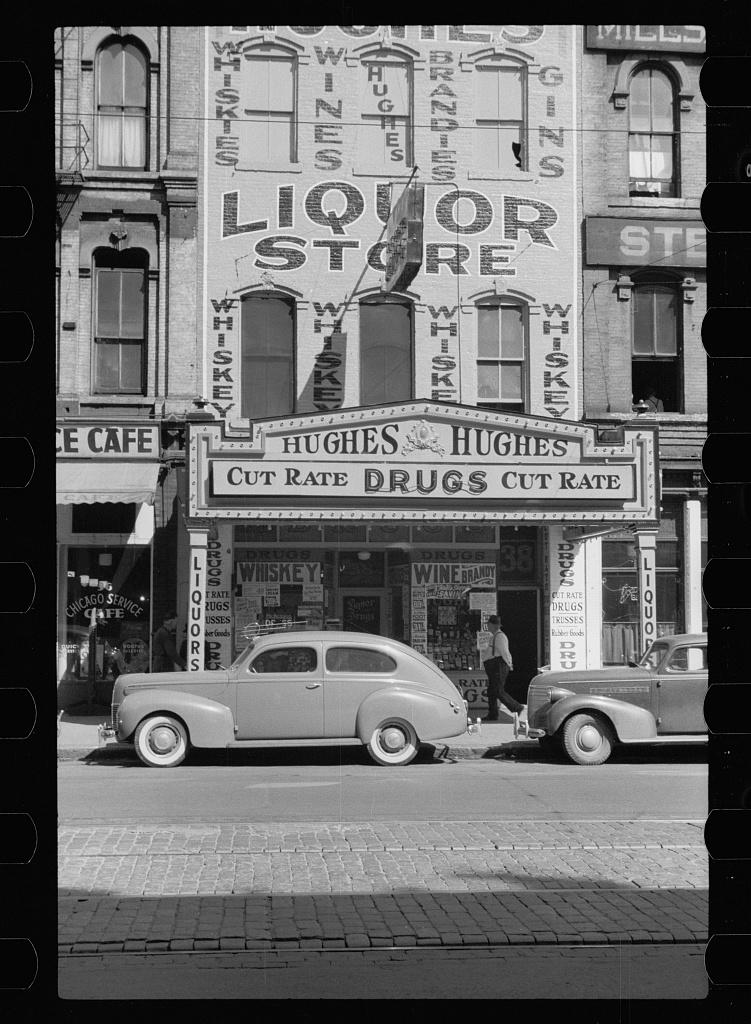 |
| Click Here for The Gateway District |
|
|
|
Click to enlarge photos...
|
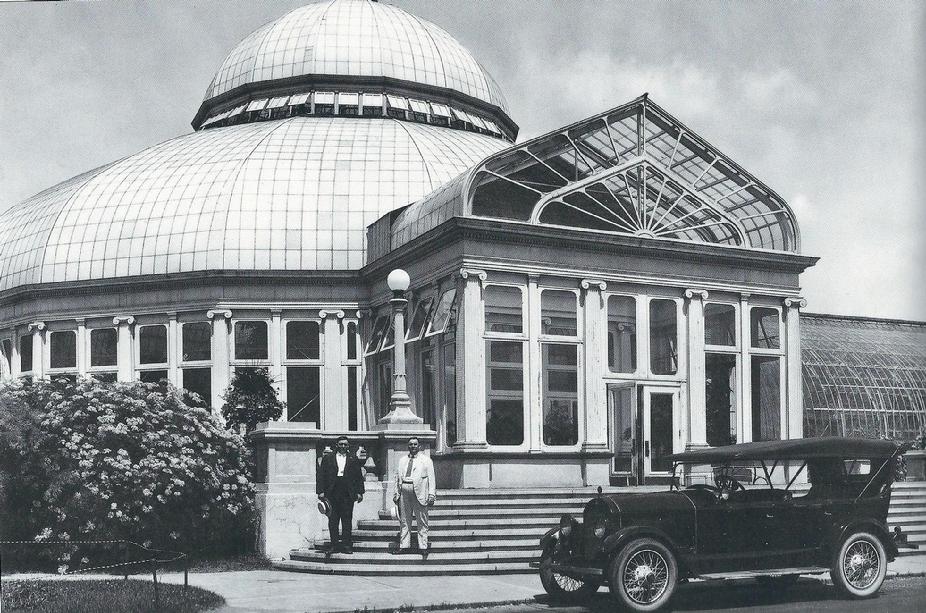 |
| Como Park Conservatory - Click the photo for the Next Page on Como Park. |
|
|
 |
| Previous Page |
|
|
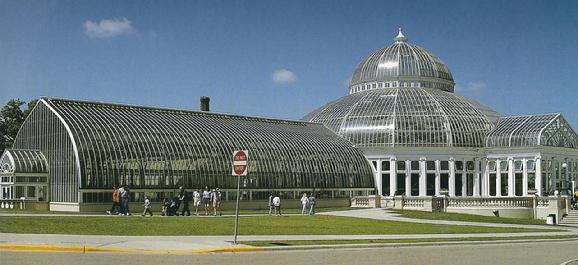 |
| Como Park Conservatory Today. |
|
|
 |
| Next Page |
|
|
 |
| Sad |
|
|
 |
| Gateway 1962 - Click the Photo. |
|
|
 |
| Sad |
|
|
This website contains, in various sections, portions of copyrighted material not specifically authorized by the copyright owner. This material is used for educational purposes only and presented to provide understanding or give information for issues concerning the public as a whole. In accordance with U.S. Copyright Law Title 17 U.S.C. Section 107, the material on this site is distributed without profit. More Information
Information presented based on medical, news, government, and/or other web based articles or documents does not represent any medical recommendation or legal advice from myself or West Saint Paul Antiques. For specific information and advice on any condition or issue, you must consult a professional health care provider or legal advisor for direction.
I and West Saint Paul Antiques can not be responsible for information others may post on an external website linked here ~ or for websites which link to West Saint Paul Antiques. I would ask, however, that should you see something which you question or which seems incorrect or inappropriate, that you notify me immediately at floyd@weststpaulantiques.com Also, I would very much appreciate being notified if you find links which do not work or other problems with the website itself. Thank You!
Please know that there is no copyright infringement intended with any part of this website ~ should you find something that belongs to you and proper credit has not been given (or if you simply wish for me to remove it),
just let me know and I will do so right away.
|
Website Terms and Condition of Use Agreement
also known as a 'terms of service agreement'
By using this website, West Saint Paul Antiques . Com, you are agreeing to use the site according to and in agreement with the above and following terms of use without limitation or qualification. If you do not agree, then you must refain from using the site.
The 'Terms of Use' govern your access to and use of this website and facebook pages associated with it. If you do not agree to all of the Terms of Use, do not access or use the website, or the facebook sites. By accessing or using any of them, you and any entity you are authorized to represent signify your agreement to be bound by the Terms of Use.
Said Terms of Use may be revised and/or updated at any time by posting of the changes on this page of the website. Your continued usage of the website, or the facebook site(s) after any changes to the Terms of Use will mean that you have accepted the changes. Also, any these sites themselves may be changed, supplemented, deleted, and/or updated at my sole discretion without notice; this establishes intellectual property rights by owner (myself).
It saddens me to include a Terms of Use for West Saint Paul Antiques . Com, but we all realize it is something that is necessary and must be done these days. By using the website, or facebook for West Saint Paul Antiques, you represent that you are of legal age and that you agree to be bound by the Terms of Use and any subsequent modifications. Your use of the West Saint Paul Antiques sites signify your electronic acceptance of the Terms of Use and constitute your signature to same as if you had actually signed an agreement embodying the terms.
|
|